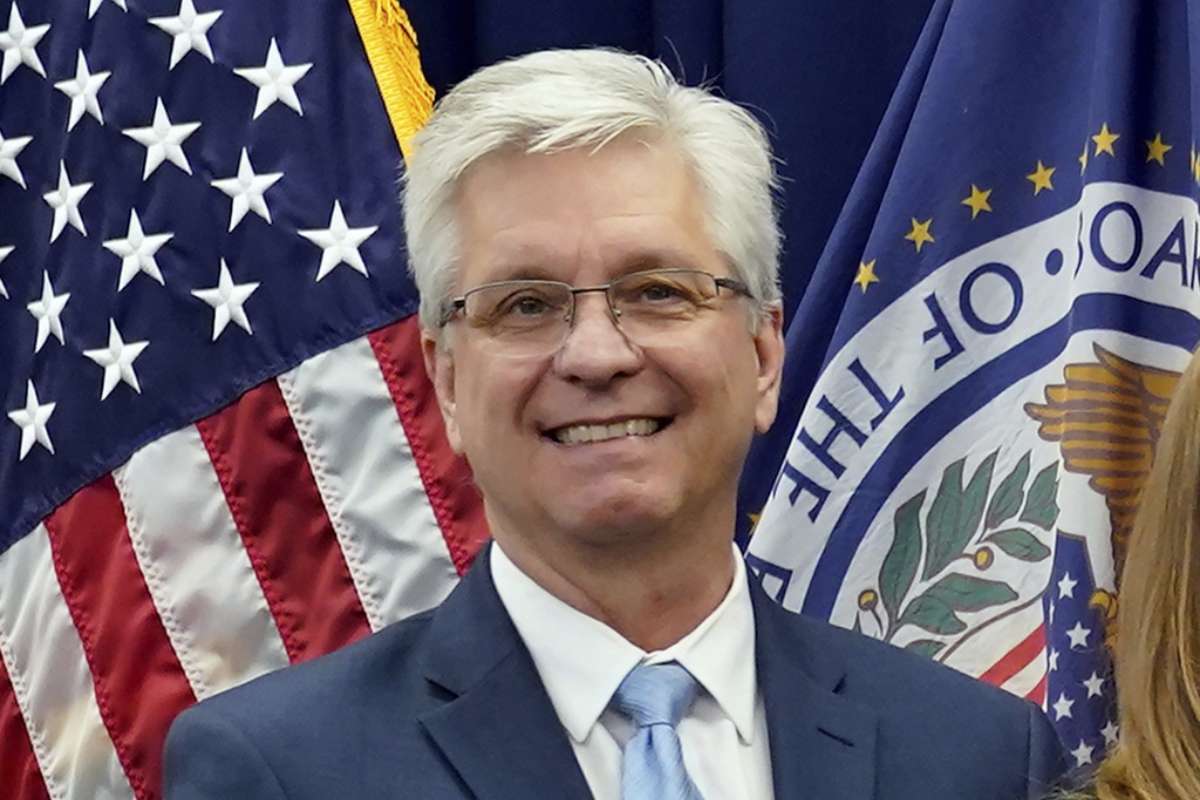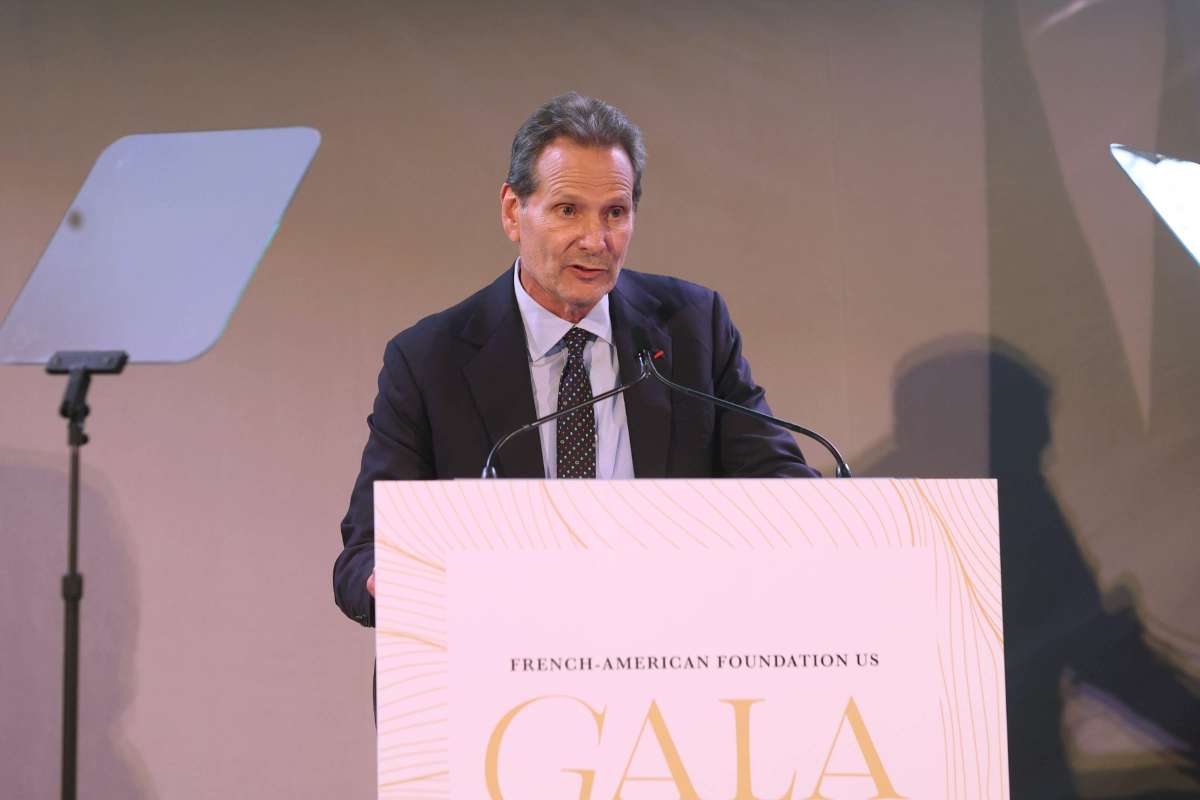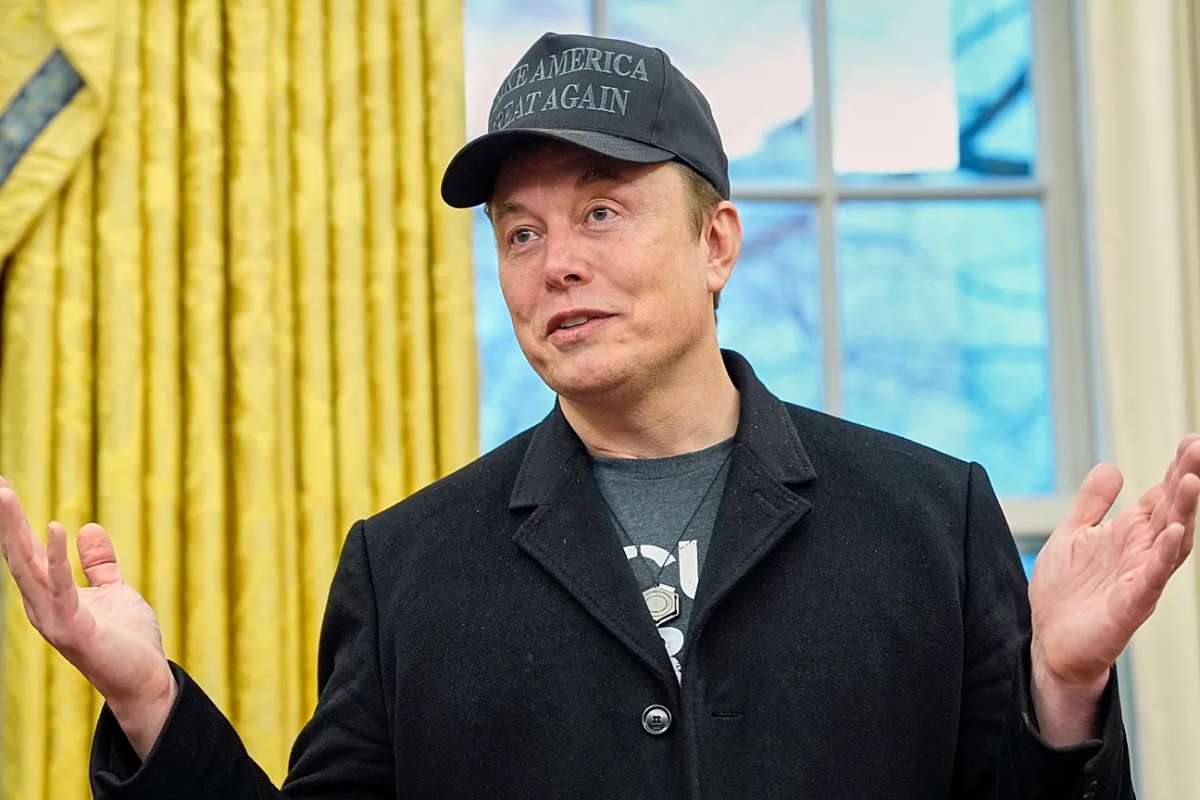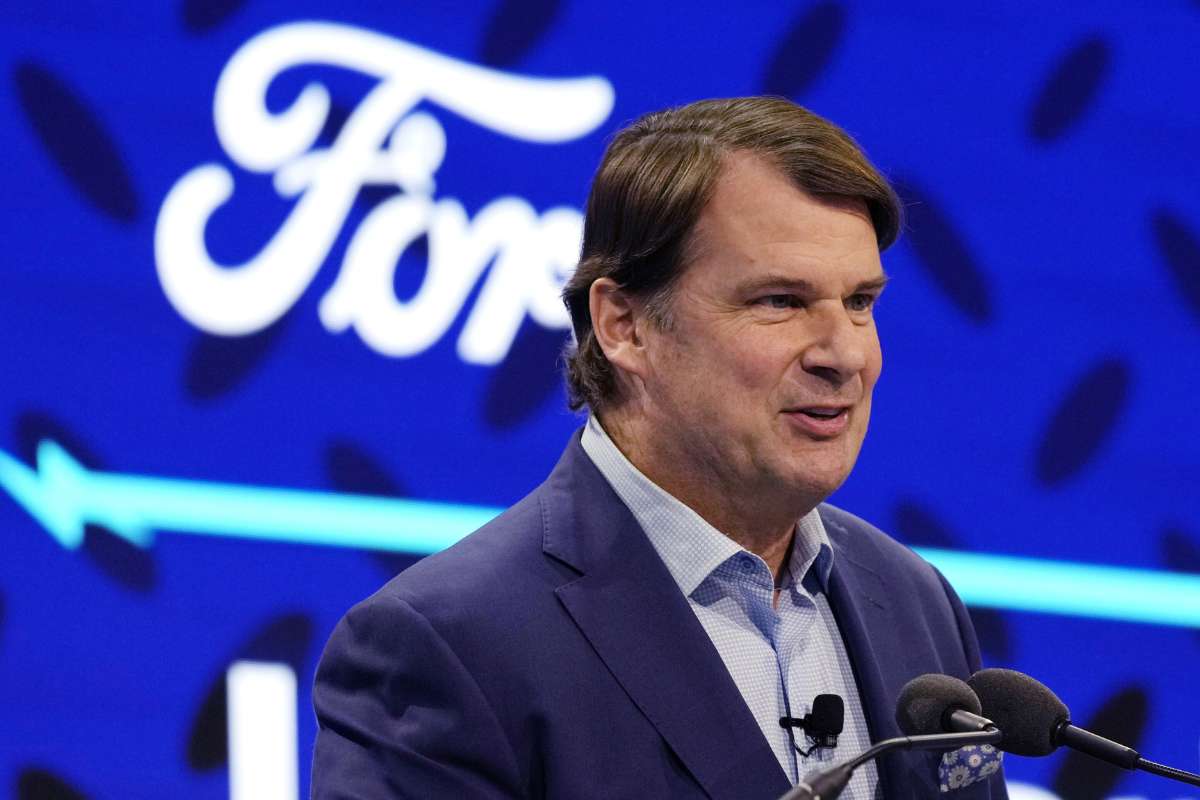Fed Governor Waller indicated on Monday that he is leaning toward supporting an interest rate cut in December. However, he expressed concerns about recent inflation trends that could influence his decision.
Speaking at a monetary policy forum in Washington, Waller stated that current economic data and forecasts suggest inflation will continue its downward trajectory toward the Fed’s 2% target over the medium term. Based on this outlook, he said he is inclined to support a rate cut at the upcoming Federal Open Market Committee (FOMC) meeting in December.
However, Fed Governor Waller emphasized that the decision will ultimately depend on incoming data. He noted that any significant surprises in inflation trends before the meeting could alter his perspective.
Inflation Progress May Be Slowing
Waller pointed to recent data suggesting that progress on reducing inflation could be stalling. In October, the personal consumption expenditures (PCE) price index, the Fed’s preferred measure of inflation, showed headline inflation rising to 2.3% annually, while core inflation, which excludes volatile food and energy prices, increased to 2.8%. Both measures showed an uptick from the prior month, underscoring the persistent challenges in achieving the central bank’s 2% target.
Despite the progress made in bringing inflation down from its earlier peaks, Waller acknowledged the difficulty of the task. Comparing the effort to a mixed martial arts match, he said inflation has proven to be elusive, but he remains confident it will eventually be subdued.
Market Expectations and Upcoming Data
Financial markets widely expect the Fed to lower its benchmark overnight borrowing rate by another 0.25 percentage points during its December 17-18 meeting. This would follow a 0.50-point cut in September and a 0.25-point reduction in November.
Fed Governor Waller reiterated that his current inclination is to continue gradually easing monetary policy. He believes the central bank is moving toward a more neutral policy stance that neither stimulates nor restricts economic growth.
However, he stressed the importance of upcoming data, particularly on employment and inflation, in shaping his decision. The Bureau of Labor Statistics is set to release key reports this week, including data on job openings and nonfarm payrolls. In October, job gains were muted, with only 12,000 positions added due to factors such as labor strikes and adverse weather.
Broader Economic Considerations
Despite concerns over inflation, Waller expressed optimism about the broader economy. He argued that the Fed’s policy remains significantly restrictive and that another rate cut would not undermine its efforts to control inflation. Instead, it would signal a reduced level of restrictive pressure on the economy.
Echoing Fed Governor Waller’s sentiments, New York Fed President John Williams also voiced confidence on Monday that inflation is on a downward path. Williams emphasized the importance of gradually moving monetary policy to a neutral setting but refrained from specifying a timeline for further adjustments.
As the Fed approaches its December meeting, all eyes will be on the latest economic data to see whether it supports the case for another rate cut or points to renewed inflationary pressures that might prompt the central bank to hold off.











